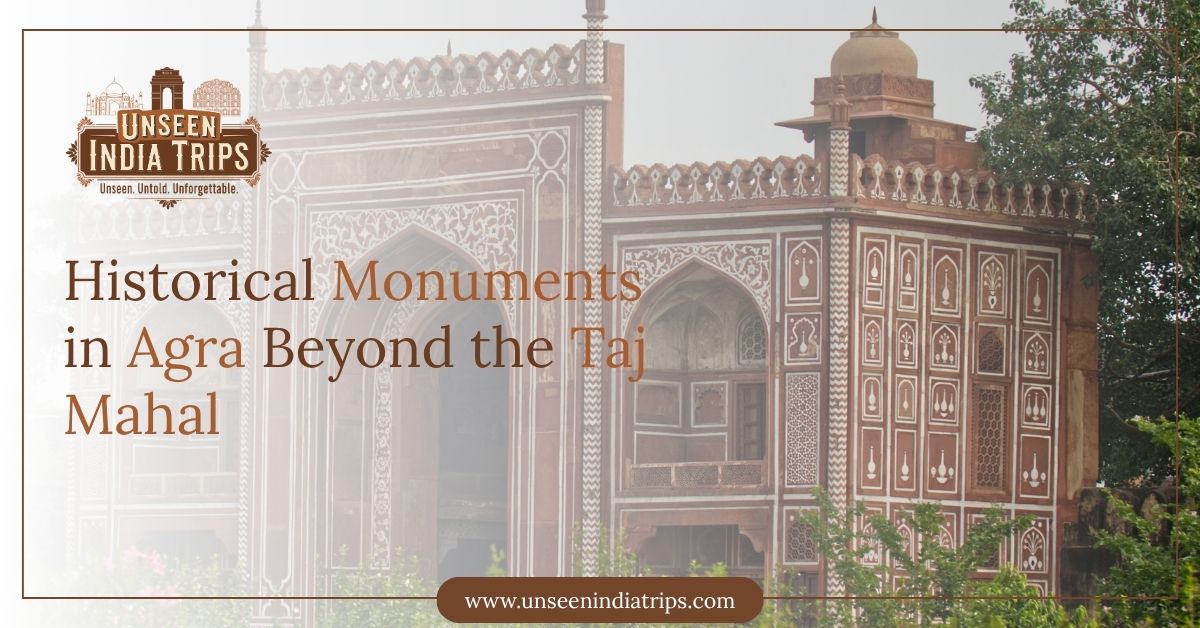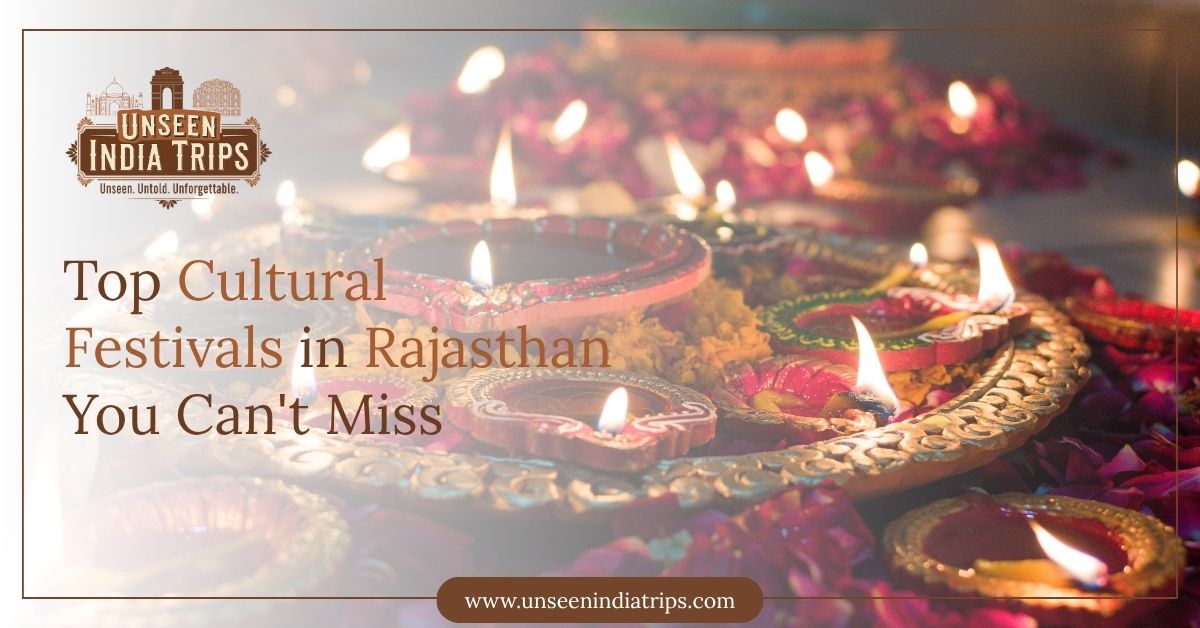While the Taj Mahal is undoubtedly Agra’s most famous monument, the city boasts a wealth of other historical sites that offer fascinating insights into India’s Mughal past. These monuments, steeped in royal history, architectural brilliance, and cultural significance, complete the picture of Agra’s grandeur. Travelers looking to delve deeper into the city’s heritage can explore these sites as part of comprehensive Taj Mahal Tour Packages that provide well-rounded historical experiences.
Agra Fort: The Red Fortress of Pampore
Agra Fort, a UNESCO World Heritage Site, is a massive red sandstone citadel that served as the residence for Mughal emperors before the construction of the Taj Mahal. It houses a complex of palaces, mosques, audience halls, and gardens that showcase a blend of Islamic and Hindu architectural styles. Key highlights include Jahangir’s Palace, Khas Mahal, and the Diwan-i-Khas (Hall of Private Audience), offering majestic views of the Taj Mahal across the Yamuna River.
Fatehpur Sikri: The Imperial Ghost City
Located about 40 km from Agra, Fatehpur Sikri is a sprawling complex built by Emperor Akbar that served as the Mughal capital for a brief period. Its well-preserved palaces, courtyards, mosques, and tombs narrate stories of royal ambition and artistic innovation. Sites like Buland Darwaza, Panch Mahal, and Jama Masjid within the complex are exquisite examples of Mughal architecture blended with Hindu influences.
Itmad-ud-Daulah’s Tomb: The Baby Taj
Often called the “Baby Taj,” this exquisite Tomb preceded the Taj Mahal and is famous for its intricate pietra dura work and delicate craftsmanship. Built for Empress Nur Jahan’s father, it represents a transition in Mughal funerary architecture towards elaborate marble inlay designs. Itmad-ud-Daulah’s Tomb is smaller and less crowded but equally enchanting.
Chini Ka Rauza: The Chinese Tomb
Chini Ka Rauza is the Tomb of Allama Afzal Khan Mullah, a scholar and poet in Emperor Shah Jahan’s court. It is noted for its glazed tile work influenced by Persian and Chinese artistry, making it one of Agra’s more unique monuments. Its tranquil gardens add to the peaceful atmosphere.
Mariam’s Tomb: Architectural Beauty and History
Dedicated to Mariam-uz-Zamani, Akbar’s wife, this Tomb is an important pilgrimage spot with its imposing structure, ornate decoration, and historical significance. It reflects Mughal architecture’s evolution with rich carvings and a stupendous dome.
Conclusion
Exploring Agra’s historical monuments beyond the Taj Mahal provides a fuller appreciation of the city’s rich Mughal heritage and architectural diversity. From formidable forts to exquisite tombs, these sites enrich your travel experience. Opting for Taj Mahal Tour Packages that include these lesser-known gems ensures a comprehensive and insightful visit to Agra’s royal past.


